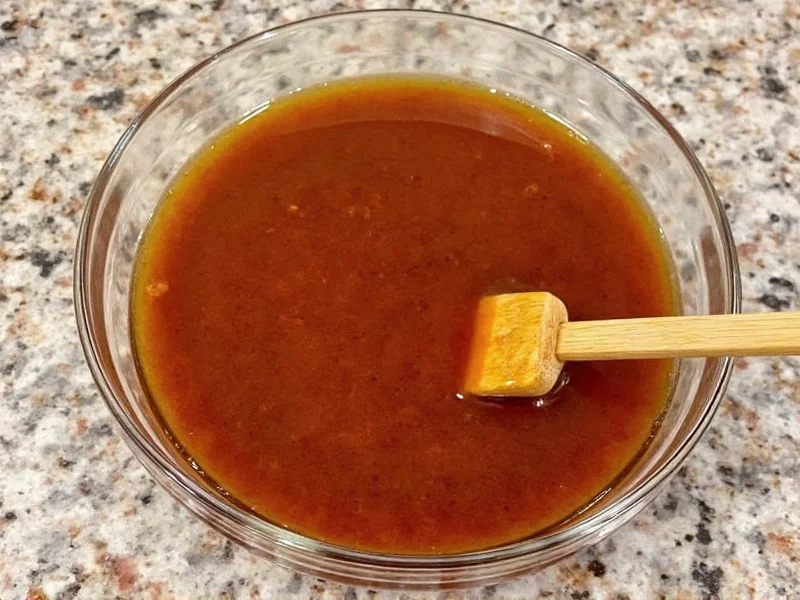Adobo sauce is a rich, tangy, and slightly spicy Mexican sauce traditionally made with chili peppers, vinegar, garlic, and spices. When you can't find authentic adobo sauce in stores or need a quick pantry solution, knowing reliable substitutes becomes essential for your cooking. Understanding what creates adobo's unique flavor profile—smoky, tangy, garlicky, and slightly sweet—helps you create effective replacements using common ingredients.<\/p>
Why You Might Need an Adobo Sauce Substitute<\/h2>
Several practical situations call for finding what to use instead of adobo sauce. You might be in a region where Mexican ingredients are hard to find, need to accommodate dietary restrictions, or simply ran out while preparing a recipe. Authentic adobo sauce typically comes packed with chipotle peppers in cans, but when those aren't available, having reliable alternatives ensures your cooking isn't interrupted. The key is maintaining the essential flavor components that make adobo sauce distinctive in dishes like slow-cooked meats, marinades, and stews.<\/p>
Evolution of Adobo Sauce: Historical Context<\/h2>
Mexican adobo sauce evolved from Spanish colonial adaptations of Filipino preservation techniques, transforming into a distinct tomato-chili-vinegar blend by the 19th century. The modern canned version with chipotle peppers (smoked jalapeños) emerged commercially in the 1940s as a preservation method. This historical progression explains why authentic substitutes must balance acidity from vinegar, smokiness from peppers, and umami depth—elements that developed over decades of culinary refinement in Mexican kitchens.<\/p>










 浙公网安备
33010002000092号
浙公网安备
33010002000092号 浙B2-20120091-4
浙B2-20120091-4